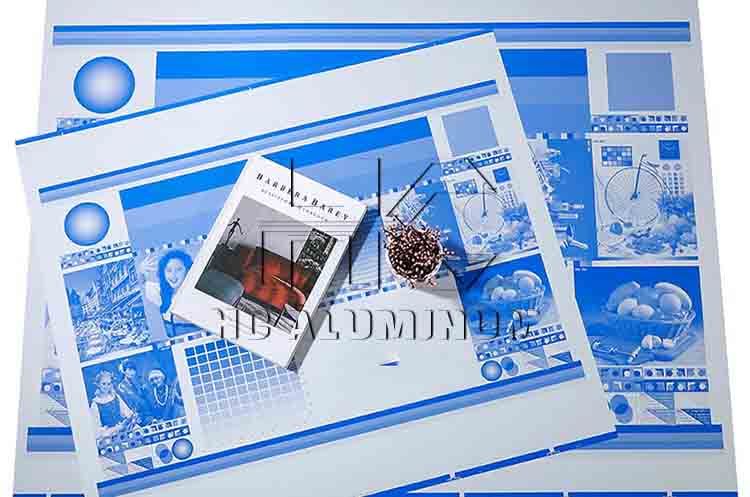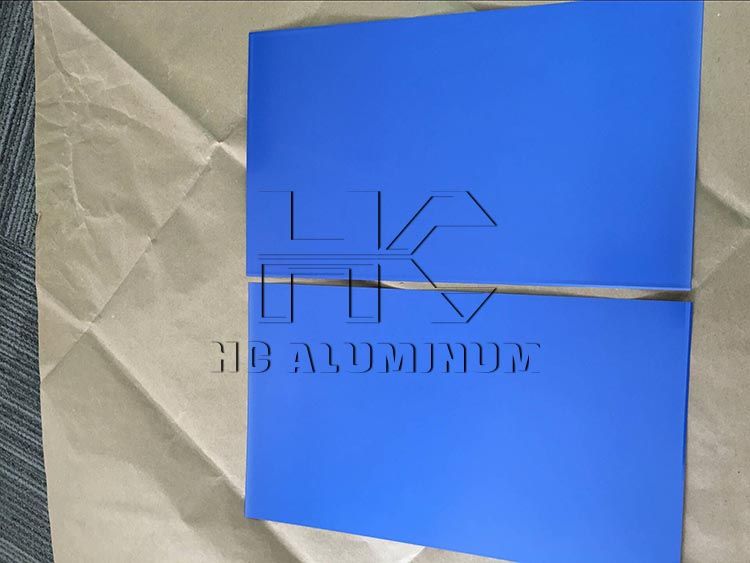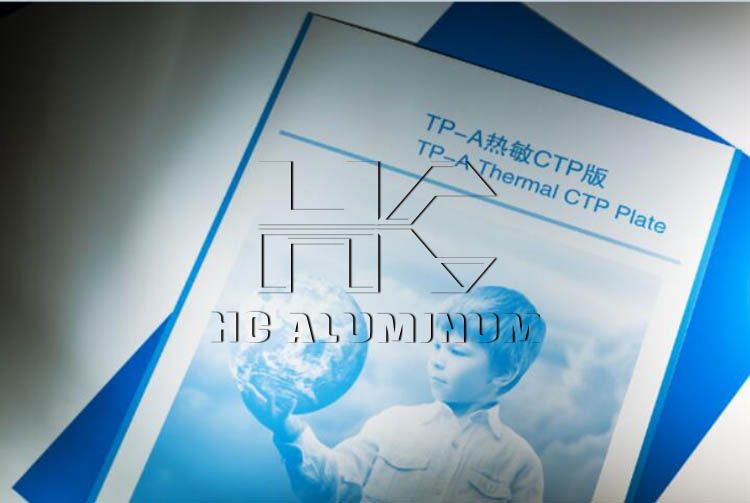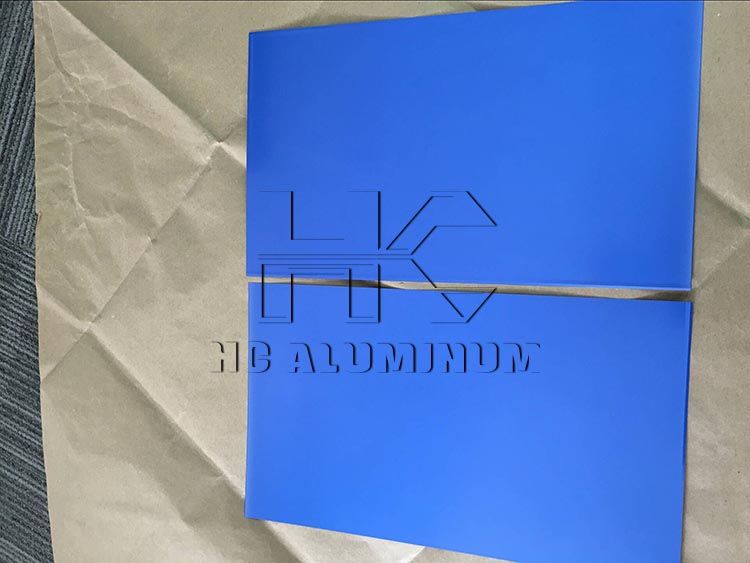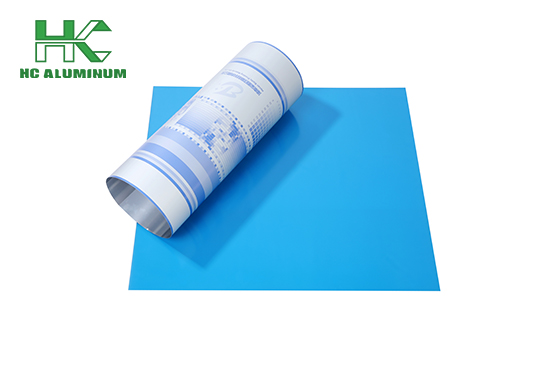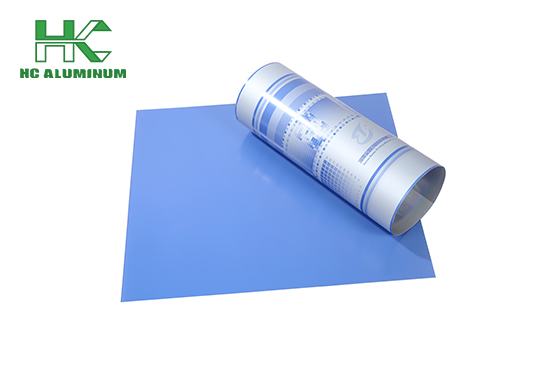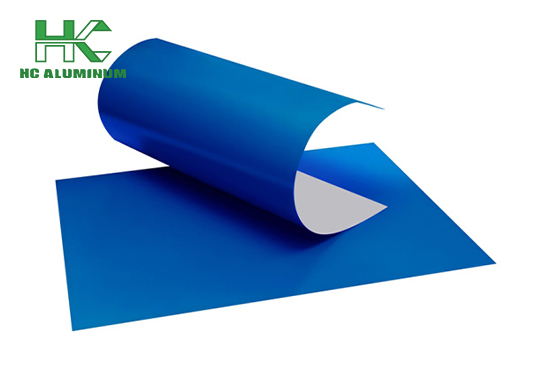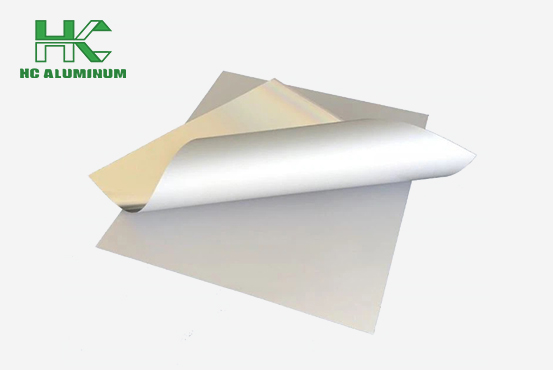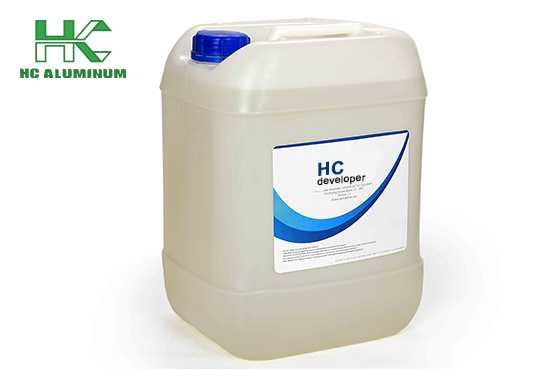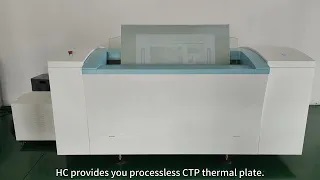What Is The Printing Process of Computer To Conventional Plate
In the wave of digital transformation in the printing industry, the computer to conventional plate technology, with its core advantage of "no film required, direct plate making," has become a crucial bridge connecting digital design and traditional printing.
CTCP plates, as the core carrier of this technology, combine the stability of traditional offset printing with the high efficiency of digitalization in their printing process.
Preparation
As with all printing processes, the preparatory work for CTCP plate printing directly determines the smoothness of subsequent processes and the quality of the final product. The core focuses on two aspects: "file optimization" and "plate selection."
In the file processing stage, the source files output by the designer need to be optimized using professional prepress software (such as Adobe Acrobat, Heidelberg prepress workstations, etc.). This step focuses on checking whether the text conversion to curves is complete, whether the image resolution meets the requirements (offset printing typically requires 300dpi or higher), and whether the color mode has been converted from RGB to CMYK (the standard color mode for printing). It also eliminates overprinting errors and trapping issues in the file.
It's worth noting that CTCP technology supports direct reading of digital files such as PDF and PS, eliminating the need for film production like traditional plate making. This eliminates the cumbersome steps of film output and plate exposure, shortening the printing time and reducing errors caused by film transfer.
The selection of printing plates must be tailored to the specific printing requirements. CTCP plates are categorized by photosensitive type, such as violet laser and UV, with varying photosensitivity and print durability.
For example, for printing large quantities of gift boxes, high-abrasion-resistant CTCP plates with a print durability of over 100,000 impressions should be selected; while for small-batch promotional leaflet printing, more cost-effective general-purpose plates can be used.
Furthermore, the CTCP plate size must match the printing press specifications. Before use, the plate surface should be checked for scratches and stains to ensure it is flat and clean, avoiding any impact on subsequent photosensitive imaging.
Core Processes
The core highlight of the CTCP plate printing process lies in the "direct plate making" stage. This step completely overturns the traditional film-dependent plate making model, achieving a "one-step" process from digital file to printing plate, mainly consisting of three steps.
Firstly, the plate is clamped and positioned. The pre-treated CTCP plate is fixed in the plate clamp of the CTCP plate-making machine, and a mechanical positioning system ensures that the plate is flat and without deviation. The precision of the plate-making machine directly affects the image quality. High-end CTCP plate-making machines can control the positioning error within 0.01mm, ensuring the printing of fine patterns.
Secondly, digital exposure imaging. The operator imports the optimized printing file into the plate-making machine's control system. The system drives the laser head (violet laser or UV laser) to selectively expose the photosensitive layer on the plate surface according to the file information. In the areas irradiated by the laser, the photosensitive layer undergoes a chemical change, forming a latent image; the unirradiated areas retain their original characteristics.
During this process, the laser power and exposure speed need to be precisely adjusted according to the type of plate—for example, violet laser CTCP plates are most sensitive to lasers with a wavelength of 405nm; adjusting to the corresponding parameters can improve image clarity.
Finally, development and fixing. After exposure, the CTCP printing plate must be immediately sent to the developing machine. The developer dissolves the photosensitive layer in the unexposed areas, allowing the latent image formed by exposure to emerge clearly. Afterward, a washing process removes residual developer, and a fixing solution is used to fix the image, preventing fading in subsequent processes.
The temperature (usually controlled at 20-25℃), concentration, and developing time of the developer all affect the tonal reproduction of the image. Experienced operators will fine-tune the parameters in real time based on the batch of printing plate and the ambient temperature.
Post-printing
Once the CTCP printing plate is prepared, it enters the core process of traditional offset printing, focusing on "plate installation" and "printing parameter adjustment" to ensure accurate image transfer to the substrate.
In the plate installation stage, the developed UV CTP plates must be fixed onto the printing cylinder of the printing press. Grip positioning and side positioning ensure that the printing plate and cylinder rotate synchronously, preventing misregistration during printing.
For multi-color printing (such as CMYK four-color printing), the four printing plates must be mounted on their respective cylinders, and the registration accuracy of each plate must be controlled within 0.02mm; otherwise, color shift and blurry images will occur.
Controlling printing parameters is crucial for ensuring quality. Firstly, ink-water balance adjustment is essential—the printing press's water supply system delivers dampening solution to the printing plate surface, wetting non-image areas (preventing ink adhesion); the inking system delivers ink to the image areas, where it adheres to the photosensitive layer formed during exposure.
An imbalance in ink-water balance can lead to "smearing" (too much ink) or "drying" (too much dampening solution). Operators must adjust the ink fountain roller speed and water roller pressure to find the optimal balance.
Secondly, pressure adjustment is necessary, including the pressure between the plate cylinder and the blanket cylinder, and the pressure between the blanket cylinder and the impression cylinder. Excessive pressure may damage the substrate and distort the image; insufficient pressure will result in incomplete ink transfer and missed prints.
The pressure is typically adjusted based on the substrate material (such as coated paper, kraft paper, plastic film, etc.). For example, when printing on thicker cardstock, the pressure needs to be increased appropriately to ensure sufficient ink transfer.
Finally, there is the paper receiving and quality inspection. The printed substrates are neatly stacked through the paper receiving system, and quality inspectors must conduct random checks in real time to inspect for problems such as misregistration, color deviation, uneven ink layer, and smudges. If any problems are found, the machine must be stopped immediately for adjustments to ensure consistent quality across the entire batch of printed materials.



